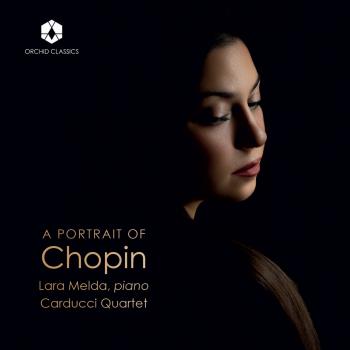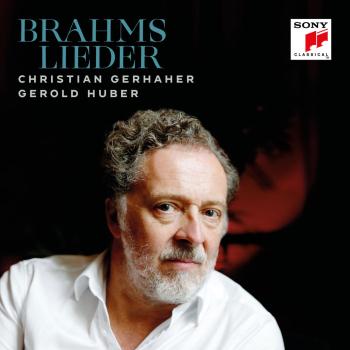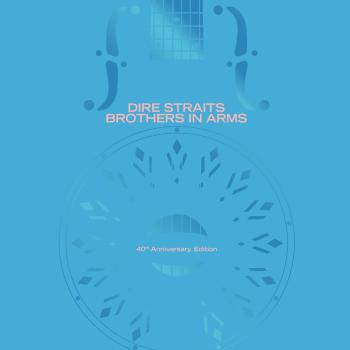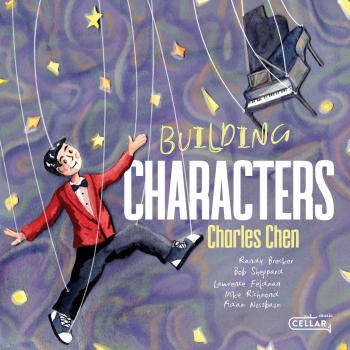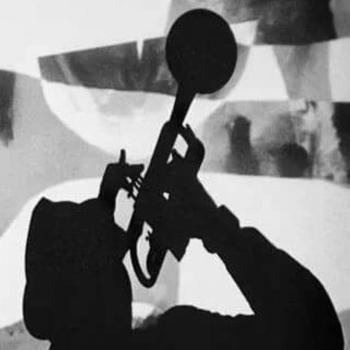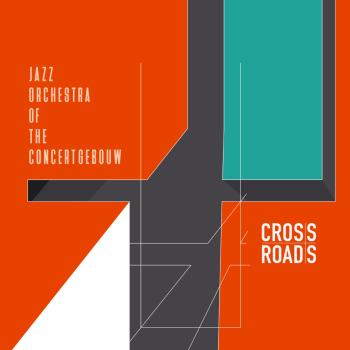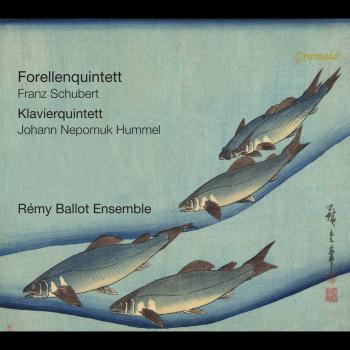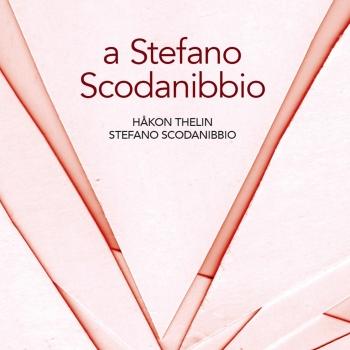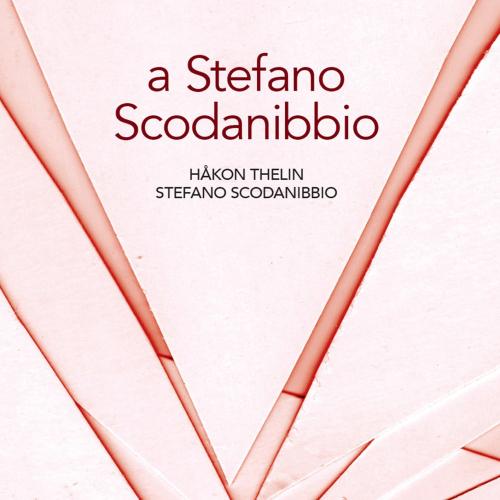
A Stefano Scodanibbio Håkon Thelin & Stefano Scodanibbio
Album info
Album-Release:
2014
HRA-Release:
03.12.2018
Album including Album cover
- Luciano Berio (1925 - 2003):
- 1 Sequenza XIVb 12:59
- Stefano Scodanibbio (1956 - 2012):
- 2 Da una certa nebbia 20:41
- Håkon Thelin (b. 1976), Stefano Scodanibbio:
- 3 Whiskey 03:41
- Stefano Scodanibbio:
- 4 & Roll 08:56
- Håkon Thelin, Stefano Scodanibbio:
- 5 Cigarillo 07:22
- Stefano Scodanibbio:
- 6 Geografia amorosa 09:03
Info for A Stefano Scodanibbio
Norwegian double bassist Håkon Thelin came to know the Italian bassist Stefano Scodanibbio after the two met at Thelin’s solo recital in Bergen, Norway in 2005. The friendship and professional relationship the two developed was crystallized in a joint tour of Norway in 2009 and lasted until Scodanibbio’s tragically early death from ALS in 2012. A Stefano Scodanibbio, which brings together three tracks from the 2009 tour as well as solo performances by each musician, is Thelin’s tribute and memorial to this superlative exponent of the double bass.
The album begins as Thelin and Scodanibbio’s friendship did, with a solo performance by Thelin. In fact the disc is bookended by two solo performances recorded by Thelin in Norway in 2013: Luciano Berio’s Sequenza XIVb and Scodanibbio’s Geografia amorosa. Sequenza XIVb was originally composed for solo cello, but at Berio’s request was adapted for double bass by Scodanibbio in 2004. Scodanibbio’s adaptation involved some reworking and the addition of original material, resulting in a virtuoso piece that wrings out of the bass virtually every timbre it’s capable of producing. Over the course of its thirteen minutes it makes extreme technical demands of the performer, who must negotiate a rigorous course of extended pizzicato and arco techniques while maintaining the work’s essential musical coherence. Thelin’s realization of Scodanibbio’s score is masterful, from the opening harmonics plucked harp-style with both hands through the rapid sul ponticello bowed passages, frequent flageolets and all percussive points in between. Thelin’s performance brings out the implicit rhythmic pulse—an important structural element that unifies the piece but that is easy to overlook in favor of the brilliance of its surface events. If rhythm is the implicit theme of Sequenza XIVb, it is the explicit, organizing force behind Geografia amorosa, originally recorded by Scodanibbio for a 2000 release of the same name. This 1994 composition incorporates a series of percussive gestures that make of the bow a kind of mallet, striking the strings above and below the bridge, tapping the instrument’s tailpiece and ribs, and rubbing rhythmically in conjunction with left-hand pizzicato harmonics. Thelin executes all this with an admirable clarity that lays bare the structural continuity of the piece.
The three duets consist of two improvisations and a performance of Scodanibbio’s 2002 composition Da una certa nebbia. On this latter piece, which Scodanibbio originally composed for himself and Barry Guy, Thelin takes the first bass part, originally played by Scodanibbio, while Scodanibbio takes the sparse, second bass part, originally played by Guy. The work unfolds in a set of slowly moving, stratified planes of sound bumping up and scraping against each other at deliberately spaced intervals. Thelin sets out dissonant two- and three-note harmonies and arpeggios, which Scodanibbio punctuates with well-placed pizzicato notes and harmonics, gradually contributing long-bowed, complementary tones to Thelin’s surging, sustained sonorities.
The solo Scodanibbio performance included here is & Roll (2007), Scodanibbio’s playful translation to the double bass of themes derived from Jimi Hendrix. The piece, recorded at the Norwegian Academy of Music in November 2009, can be seen as well as heard.
A Stefano Scodanibbio is a fine homage to one of the most important double bassists of recent times. More than that, it demonstrates that Håkon Thelin, in addition to perpetuating the technical traditions associated with Scodanibbio’s style of playing, is a sensitive and accomplished instrumentalist in his own right. As an added bonus, the album is accompanied by a booklet containing an edited version of Thelin’s thoughtful essay on Scodanibbio’s instrumental style and work.
Häkon Thelin, double bass
Stefano Scodanibbio, double bass
No biography found.
This album contains no booklet.

